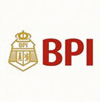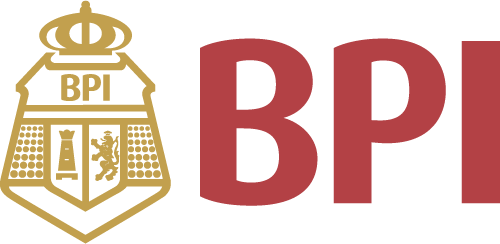All Categories
Rules for the Dance: A Handbook for Writing and Reading Metrical Verse
Share Tweet
*Price and Stocks may change without prior notice
*Packaging of actual item may differ from photo shown
- Electrical items MAY be 110 volts.
- 7 Day Return Policy
- All products are genuine and original








About Rules For The Dance: A Handbook For Writing And
Product Description "True ease in writing comes from art, not chance, / As those move easiest who have learn'd to dance," wrote Alexander Pope. "The dance," in the case of Oliver's brief and luminous book, refers to the interwoven pleasures of sound and sense to be found in some of the most celebrated and beautiful poems in the English language, from Shakespeare to Edna St. Vincent Millay to Robert Frost. With a poet's ear and a poet's grace of expression, Oliver shows what makes a metrical poem work - and enables readers, as only she can, to "enter the thudding deeps and the rippling shallows of sound-pleasure and rhythm-pleasure that intensify both the poem's narrative and its ideas." Amazon.com Review Just as dancing is "the art of moving in accord with a pattern," says Mary Oliver, so is writing metrical verse. "One sorts out the pattern, one relies on it, and relaxes from effort to pleasure." The rules (concerning rhyme, line length, and pattern) are made if not to be deliberately flouted, then at least to be toyed with. Oliver claims to have written this book for both writers and readers of metrical verse, but it is an odd sort of fit for either. A writer might wish for a little more detail; a reader might find too much. The book works best as a kind of refresher course, for those who have forgotten the difference between metaphysical and Petrarchan conceits, between masculine and feminine rhymes, and would like to brush up a bit. Oliver does a wonderful job of explaining why the most common forms of metrical verse came to prevail (for instance, the five-foot line is "the line which is the closest to the breathing capacity of our lungs"), and of nudging us into reading more metrical poetry (nearly half this volume is devoted to works by John Donne, William Blake, Emily Dickinson, Elizabeth Bishop, and others). Blessedly, Oliver reminds us that, though one could get carried away trying new meters and forms, one shouldn't expect to be writing a lot of double ionics anytime soon. "Expect to use one hypersyllabic foot in ten years, perhaps," she says. "Anacrusis, rarely. Catalexis: often. The double ionic: when the next comet flies over." --Jane Steinberg Review "What good company Mary Oliver is!" The Los Angeles Times About the Author A private person by nature, Mary Oliver (1935–2019) gave very few interviews over the years. Instead, she preferred to let her work speak for itself. And speak it has, for the past five decades, to countless readers. Over the course of her long and illustrious career, Oliver received numerous awards. Her fourth book, American Primitive, won the Pulitzer Prize for Poetry in 1984. She also received the Shelley Memorial Award; a Guggenheim Fellowship; an American Academy and Institute of Arts and Letters Achievement Award; the Christopher Award and the L.L. Winship/PEN New England Award for House of Light; the National Book Award for New and Selected Poems; a Lannan Foundation Literary Award; and the New England Booksellers Association Award for Literary Excellence.



























